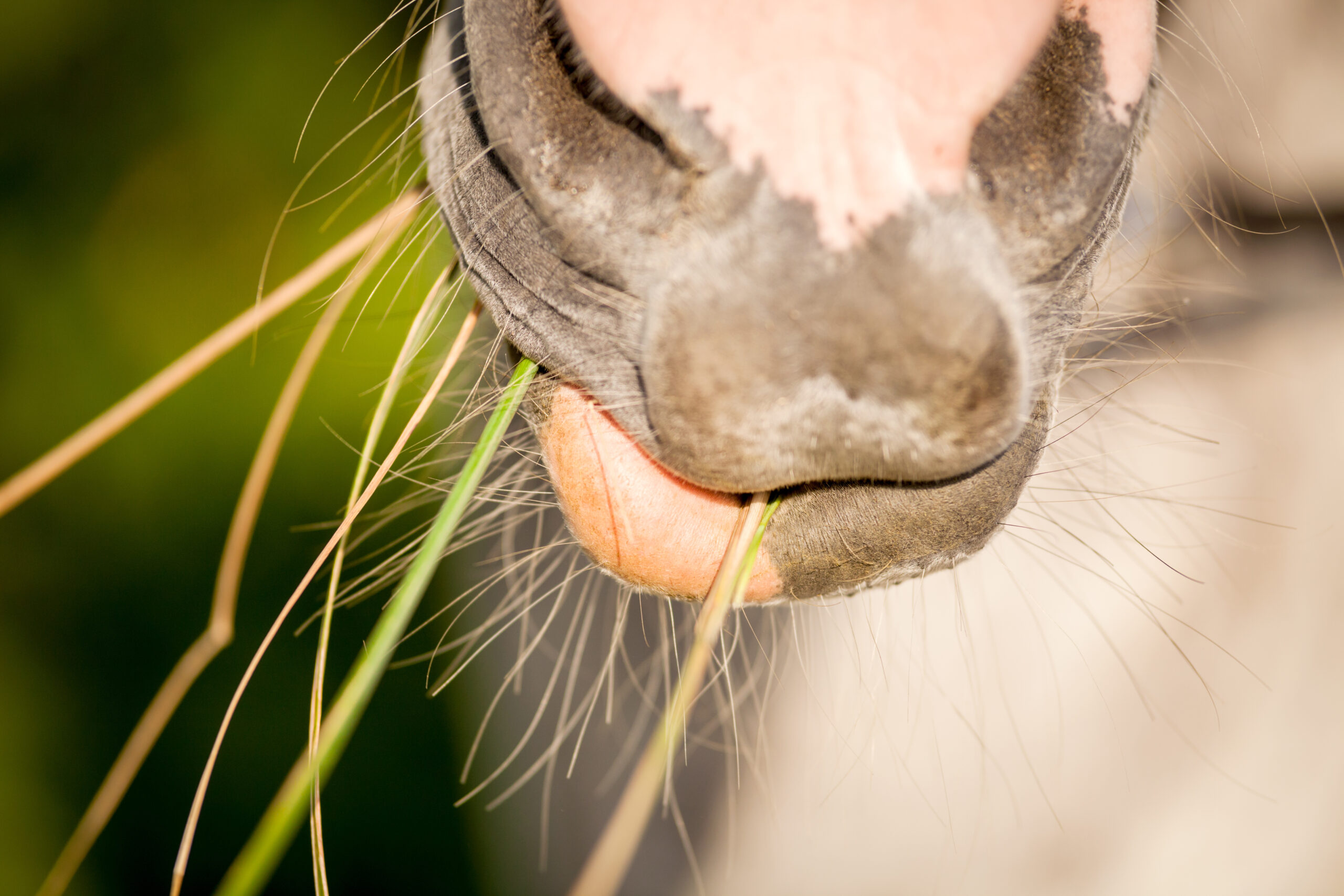The Importance of Weight Management for Joint Health

This article is part of our Navigating Equine Arthritis Awareness Campaign, brought to you by American Regent Animal Health.
If your horse has arthritis or is struggling with joint health, excess weight can be an issue. This can cause excess strain on joints, reduced mobility, and potentially an increase in inflammation. A horse battling severe arthritis who isn’t rideable any longer might start putting on weight as a result of lack of exercise. Or maybe he’s on stall rest and is spending all his free time eating. Whatever the cause of the weight is, it’s important to manage your arthritic horse’s weight as part of a treatment plan to preserve his joint health.

The Cause
Horses evolved to be free-roaming grazers. In the wild, they’re able to survive on scarce pastures, storing excess weight during the summer in preparation for limited foliage in winter.
Yet, as domesticated animals, they often consume high-starch, high-concentrate grain feeds once or twice a day, with limited or no grazing access.
And that’s not even mentioning the high-sugar treats we owners love to feed them.
Before the 20th century, horses were primarily used as work animals; their jobs transporting humans or powering farm equipment ensured regular exercise. Today, we use horses primarily for recreation, and some are more accurately classified as “yard ornaments.” Too much food, too little exercise – it’s the guaranteed formula for weight gain. And if your horse has arthritis and isn’t as mobile or active as he was before, you might need to keep an even closer eye on his weight.
The Consequences
Excess poundage on your horse stresses almost all of his body systems. For instance, an overweight horse may suffer:
- A tendency toward lethargy and becoming easily fatigued. Also, increased risk of injury due to poor conditioning. Overweight horses are more likely to stumble, take a misstep, or overextend a joint.
- Greater strain on hooves, joints, muscles, and limbs, putting him at risk for ligament and tendon injuries and laminitis. Greater strain and concussion also can aggravate existing arthritis, or increase the risk of developing early arthritis.
- Reduced performance ability, because extra weight limits a horse’s ability to move freely. Plus, if he’s overweight, he’s likely not as fit as he should be to perform at his full potential.
The Solution
Feed Solo
Feeding horses in a community feeder means that some horses might get more than their recommended share of calories. Pushier horses can hog the feed, and become overweight as a result. (Another side effect is your arthritic horse might lose weight if being fed at a community feeder, if he’s at the bottom of the pecking order.)
[Read: So Your Horse Has Arthritis…Now What?]Limit Free Grazing
Horses need turnout, and your arthritic horse will feel better if he has room to move around and ward off stiffness. However, if he’s battling his weight, unlimited turnout on lush grass is an issue. Try turning him out in a dry lot or an area without much vegetation. This is important so he can exercise freely, without eating. An arena or round pen is another good option to encourage movement, while avoiding overgrazing.
If this isn’t an option for you (and your horse must be kept on pasture some of the time), try a grazing muzzle. Be sure to introduce the muzzle gradually, with supervision, and make sure your horse can drink while wearing it. Another option is to turn out at night only, when the carb, starch, and sugar contents of pasture forage are at their lowest.
Keep Him Moving
This option will depend on the state of your horse’s arthritis. If he’s capable of exercise or light riding, introduce an exercise regime to help him lose the weight. Slowly increase the time and intensity of his workouts, shooting for at least 30 minutes a day, if possible (half an hour a day is preferable to two hours once a week).
If his arthritis is advanced, try in-hand work, longeing, ponying, or even swimming, if that’s an option for you.
Work With Your Vet
When determining the best course of action for an arthritic horse, the best thing you can do is work with your vet. He might benefit from supplements that promote comfort and joint health, or other treatment plans to support his health. His exercise regime and environment will depend on how mild or severe his arthritis is, and your vet can help you formulate a strategy. However, weight management is an important aspect of horse ownership for all horses, not just those struggling with arthritis. Excess weight can lead to a litany of issues, and your horse—and his joints—will be happier if you help him maintain a healthy weight.



